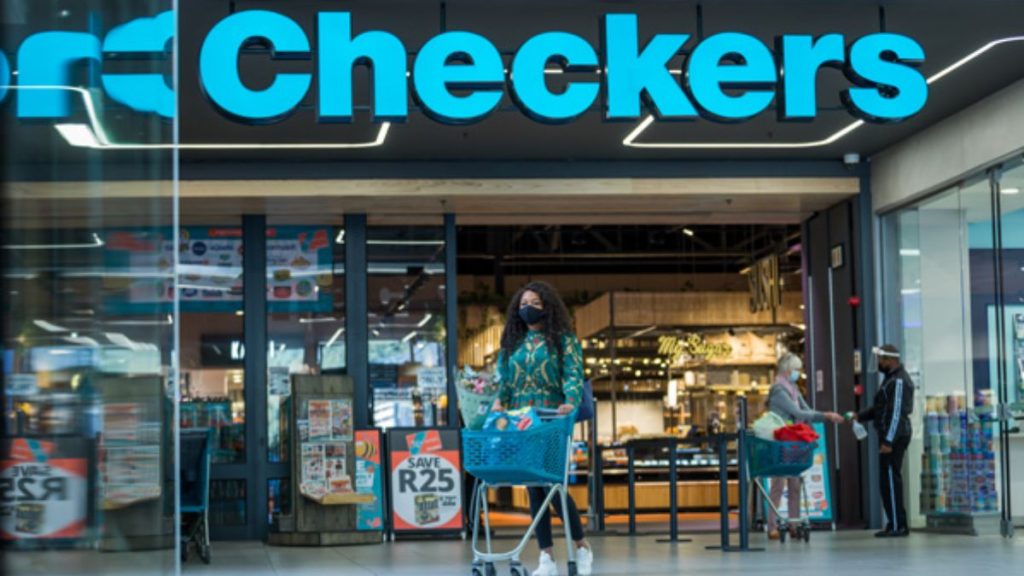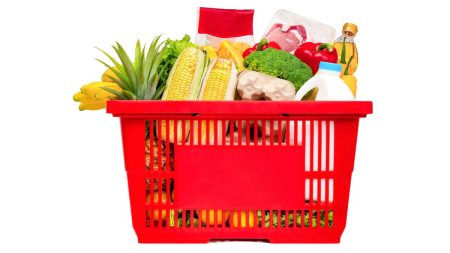In South Africa’s fast-changing grocery market, dominated by Shoprite, Pick n Pay, Checkers, Spar, and Woolworths, shoppers face a daily choice. Do you pay more for big-name brands, or save by buying store brands? With food inflation between 4% and 6% in 2025 and household costs rising, switching to store brands has become one of the easiest ways to stretch your budget.
Recent retail data shows that store brands, also known as private-label or own-brand products, help South Africans save between 20% and 40% on essentials. From cooking oil to breakfast cereal, the savings can be substantial. But are these cheaper products good enough in quality and taste to replace the brands you trust?
Why Store Brands Are Cheaper
Store brands keep prices low by avoiding the costs that name brands build into their products. Big manufacturers spend heavily on marketing, packaging, and research, which adds to the price you pay at the till. Retailers like Shoprite and Checkers skip these costs and buy directly from suppliers at scale, which allows them to sell more affordable goods.
Shoprite, for example, expanded by 281 stores and added 8,700 jobs in 2025. This growth gives it greater buying power and the ability to negotiate supplier discounts. The result is competitive pricing for its Housebrand and Ritebrand ranges.
Many store brands are produced in the same factories as name brands, using similar or identical ingredients. The difference is often only the label. According to the Private Label Manufacturers Association, store-brand products are 25% to 30% cheaper globally. In South Africa, the price gap is much the same.
The Outlier’s 2023 grocery report found that 2L sunflower oil dropped from R115 to R83 under store-brand labels, a saving of 28%. For a family of four, that could reduce a R4,000 grocery bill by R500 to R1,000 per month.
Price Comparisons: Real 2025 Examples
Based on data from Outlier, Checkers Sixty60, and retailer reports, here’s how store and name brands compare on everyday items in Johannesburg and Cape Town stores. Prices exclude specials.
| Category/Item | Store Brand Example (Price) | Name Brand Example (Price) | Savings (%) | Notes |
|---|---|---|---|---|
| Cooking Oil (2L Sunflower) | Shoprite Housebrand (R28) | Sunfoil (R38) | 26% | Same ingredients and supplier base |
| Sugar (2.5kg) | Checkers (R25) | Selati (R35) | 29% | Name-brand prices rose faster in 2025 |
| Cereal (500g Cornflakes) | Pick n Pay No Name (R18) | Kellogg’s (R45) | 60% | Minimal taste difference |
| Toilet Paper (8-pack) | Spar Housebrand (R35) | Albany Soft (R55) | 36% | Comparable ply and softness |
| Pain Relief (20 Tablets Ibuprofen) | Dis-Chem Housebrand (R15) | Nurofen (R45) | 67% | Same active ingredient, SAHPRA regulated |
| Milk (2L Full Cream) | Woolworths (R22) | Clover (R28) | 21% | Both regionally produced |
Sources: Outlier Grocery Basket Report (June 2025), Mediscor Medicines Review.
Savings = (Name Brand – Store Brand) ÷ Name Brand × 100
A basic 12-item grocery basket costs R451 at Makro when using mostly store brands, compared with R506 at Pick n Pay with more name-brand products. That’s an 11% saving, which adds up to roughly R17,000 in annual savings for the average household.
Quality and Taste: Not Always a Trade-Off
The belief that store brands taste worse or use cheaper ingredients is often false. Independent consumer tests show 70% to 80% parity in taste and quality across common groceries such as tinned foods, dairy, and cleaning products.
Store brands meet the same health and safety standards as name brands. The South African Health Products Regulatory Authority (SAHPRA) ensures that generic medicines match their branded counterparts in strength and efficacy.
Shoprite’s R10 ready meals are another sign of consumer confidence. These meals sell out daily and are praised for both taste and value.
However, name brands may still lead in premium categories like organic foods, plant-based items, or imported cheeses. A 2025 News24 survey found that 20% of South Africans prefer name brands for perceived reliability. Yet, most shoppers who try store brands stick with them after the first purchase.
When Name Brands Still Win
Name brands still have moments when they offer better value, especially during promotions or seasonal discounts. For instance, Checkers Sixty60 saw 47% growth in deal-driven online sales this year, proving that price cuts can temporarily make name brands cheaper than store alternatives.
Some product categories, such as certain prescription medicines, also require caution. If you use narrow-therapeutic drugs like anti-epileptics, always follow your doctor’s recommendation rather than switching brands on price.
The informal retail sector adds another layer to South Africa’s price story. Spaza shops and township traders sometimes sell groceries 20% to 30% cheaper than supermarkets. However, quality control and storage conditions vary widely, so buyer awareness is key.
Smart Shopping Tips for South Africans
To save more without lowering your standards, use these practical strategies:
- Start small. Try switching to store brands for low-risk items such as cooking oil, sugar, rice, or cleaning products.
- Use comparison apps. Platforms like Sixty60, PriceCheck, and PnP ASAP! help track real-time prices.
- Mix your basket. Keep store brands for basics and buy name brands for premium or health products.
- Look for discounts. Shoprite and Checkers run regular combo deals that cut total costs.
- Take advantage of return policies. Most major retailers, including Checkers and Woolworths, offer satisfaction guarantees on store-brand goods.
Changing Shopping Habits in 2025
South Africans are adopting smarter buying habits. The move toward private labels mirrors global trends. Generic medicine use increased from 53% in 2012 to over 60% in 2025. In groceries, store-brand sales now represent more than half of total supermarket purchases.
Shoprite’s focus on affordability, such as its R10 pies and combo meal deals, helped push total sales up 9.5% to R213.5 billion in 2025. Meanwhile, online grocery shopping keeps expanding. Sixty60 recorded R18.9 billion in annual sales, showing how South Africans are using digital tools to manage tighter budgets.
Bottom Line: Yes, You Save If You Shop Smart
Switching around 70% of your grocery basket to store brands can save R300 to R600 every month. That’s money that can cover other essentials or help manage inflation’s impact on fuel and electricity bills.
The so-called brand premium often comes down to marketing, not product quality. Next time you shop, compare prices and ingredients, test alternatives, and decide based on taste, not the logo on the label.
Check also: Top 10 Grocery Shopping Mistakes That Are Wasting Your Money










